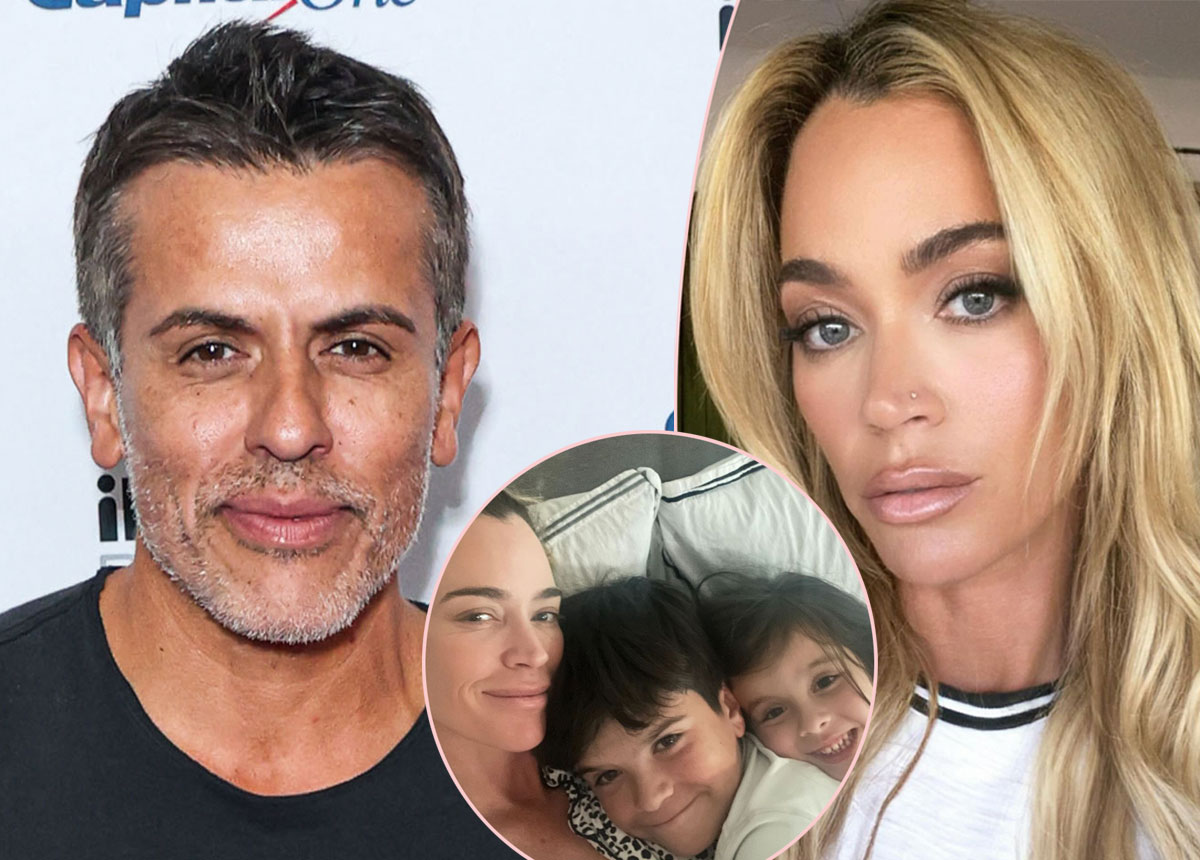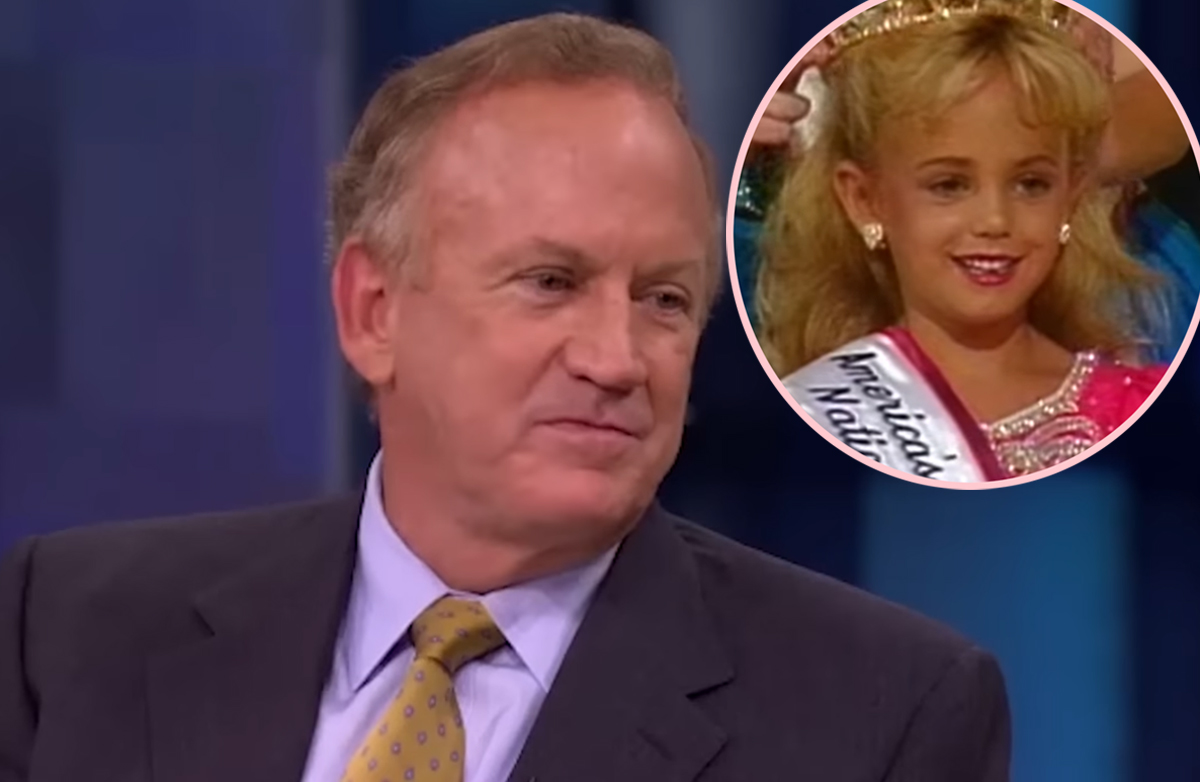Gotye didn't make as much money as you'd think from hit' Somebody I Used To Know'
Let's cast our minds back 13 years ago to 2011, when one of the biggest songs of the year was the breakup anthem 'Somebody I Used To Know' by Australian artist Gotye featuring Kimbra.
It was a global hit with the ballad going to number one on more than 23 music charts and making it into the top 10 in over 30 countries.
Meanwhile, the artistically abstract music video features Gotye and New Zealand musician Kimbra naked. While he sings, Gotye's skin gets gradually painted to match the geometric background.
On YouTube, the music video has over 2.3 billion views, while the track has sold more than 13 million copies, making it one of the best-selling digital singles ever.

But just how much did Gotye earn from his hit song?
Not as much as you would think, and there are a few reasons for this - here is a breakdown of them all.
The track samples another song
In terms of royalties earned from the hit, Gotye has to split them as the guitar riff from Luiz Bonfá's whose 1967 instrumental song 'Seville' is used in 'Somebody I Used To Know'.
So, Gotye gave 50 per cent of the royalties from the song to the estate of Luiz Bonfa.
You also may recognise the tune the xylophone makes in the song and that's because it is the melody of the nursery rhyme 'Baa, Baa, Black Sheep'.
Additionally, the Aussie would have also had to have divided the royalties up between other collaborators on the song such as Kimbra who featured on the duet.
The music video isn't monetised on YouTube
Although the music video has 2,359,290,087 views on YouTube, Gotye decided not to make money from the video platform by turning off the ad revenue.
Back in 2017, he explained why he took this decision that other artists rarely make.
"I’m not interested in selling my music," the musician stated to news.com.au.
"That’s the reasonI don’t put ads on my YouTube channel, which seems strange to people in today’s climate, but that is a decision you can make.
"I’m like that with all my music. Ads are calling for our attention anywhere we turn in the world.
"I decided it made more sense to focus on creative things and not get hung up on money and lawyers and courts."
He continued: "Ads are calling for our attention anywhere we turn in the world. If you can do something you care about and that other people care about and keep it out that world that feels like it’s all about 'hey buy this stuff' then that’s a good thing."
According to the Influencer Marketing Hub calculator, Gotye could have made around $4 million from the music video if he kept his ad revenue on.
Gotye allows people to use the song for free
Instead of licensing the song for commercial use in film and TV, Gotye decided not to do this in favour of allowing film students and creatives on the rise to be able to use his song for their projects without costing them a penny.
In the same interview with the Australian publication, he added: "I don’t mind synching my music with creative projects like TV or film. I’ve got my own set of rules I made, if a student film wants to use my film I say yes across the board, there’s no money involved.
"If someone wants to use it commercially I look at what the budget is and the creativity of the project."
These facts have recently gone viral on TikTok thanks to a video by creator @davidhartley94, which has received over 743,000 views.
In the comments section, Gotye received widespread praise for his actions.
One person said: "Clearly this dude made it out of pure passion and love for the art".
"The world needs more Gotye’s," another person wrote.
Someone else added: "It’s very brave to dismiss money over art. That's a true artist."
How to join the indy100's free WhatsApp channel
Sign up to our free indy100 weekly newsletter
Have your say in our news democracy. Click the upvote icon at the top of the page to help raise this article through the indy100 rankings.
 3 weeks ago
4
3 weeks ago
4




















 English (US) ·
English (US) ·